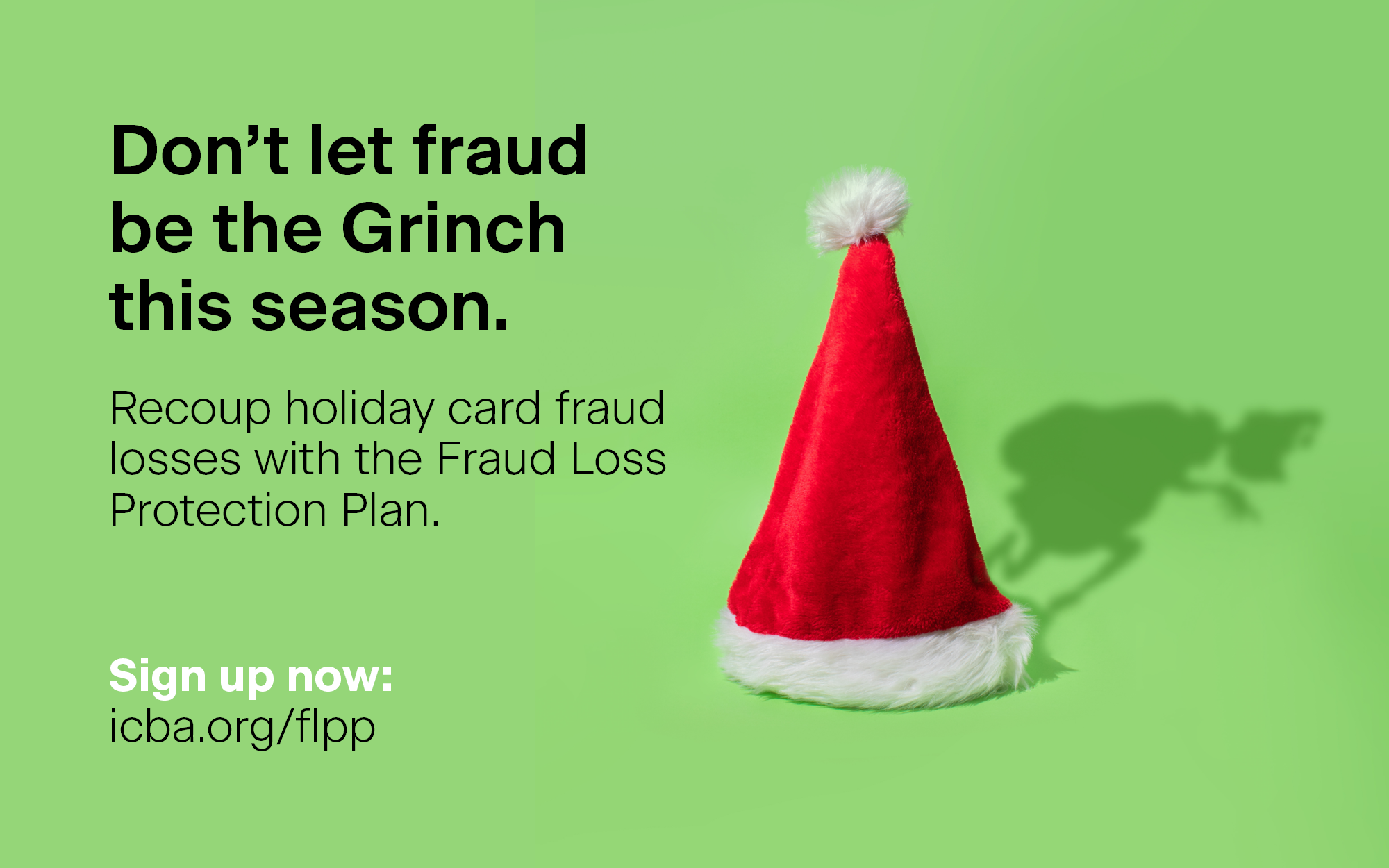I hope the readers of this column will excuse the lack of decorum in the title, but in reading and listening to the words of the Federal Reserve Board’s members over the past month, I hear a lot of hedging.
Jim Reber: Whole lotta thinkin’ going on
July 02, 2025 / By Jim Reber
I hope the readers of this column will excuse the lack of decorum in the title, but in reading and listening to the words of the Federal Reserve Board’s members over the past month, I hear a lot of hedging.
Fed’s forward guidance reflects uncertainty.
I hope the readers of this column will excuse the lack of decorum in the title, but in reading and listening to the words of the Federal Reserve Board’s members over the past month, I hear a lot of hedging. And far be it from me to second guess the respective governors and regional presidents of our central bank. If they were asked individually for their druthers, I suspect they’d prefer an economic, fiscal and geopolitical backdrop that had less drama. Not to mention an inflation track that would get back to its elusive 2% target.
Alas, such doesn’t seem to be the near-term expectations of the Fed. We were shown their most recent projections for the key indicators in the quarterly Summary of Economic Projections (SEP), released on June 18. Several closely watched metrics such as inflation and gross domestic product (GDP) had significant revisions from the previous quarter. The notorious “dot plot,” in which the 19 members are obliged to place a marker on a grid that corresponds with their guess as to where the fed funds rate will be in one, two, three years and beyond, reflects a wide dispersion of thought.
Quarterly reset
August bank strategies webcast
ICBA Securities and its exclusive broker, Stifel, will host their Quarterly Bank Strategy webinar on Aug. 7 at 1 p.m. Eastern.
Several strategists and economists will make presentations, and up to 1.5 hours of CPE are offered. For more information and to register, contact your Stifel rep.
First, let’s examine how the Fed’s outlook on inflation has changed. A year ago, the SEP was projecting the preferred inflation gauge, core personal consumption expenditures (PCE), to end 2025 at 2.3%. Not exactly to the Fed’s liking, but noticeably lower than current readings. Fast forward to March 2025, and the estimate had risen to 2.8% as price increases had proven more durable than hoped (and were the major reasons for monetary policy to remain “restrictive”). The June 2025 SEP hiked the year-end 2025 estimate all the way to 3.1%, citing import taxes as the culprit.
GDP is directly affected by inflation in that it’s reported as a “real” number, i.e., net of price changes. Accordingly, the current full-year 2025 GDP estimate is now 1.4%, which is down from the 1.7% projected a quarter earlier. That decline is a mirror image of the expected increase in core PCE.
Another corollary of inflation is consumer confidence. Like GDP, there is an inverse relationship between expected price hikes and consumers’ expectations. Higher prices equate to lower purchasing power in the short run, which can lead to lower standards of living. Accordingly, consumer sentiment surveys in 2025 have trended lower, particularly the gauges of future expectations.
Stake your positions
The dot plot of the SEP revealed that the Fed board members are currently encamped in two locations, separated by 50 basis points (0.5%). Of the 19 voters, seven are projecting no rate cuts by the end of 2025, and another eight are projecting two cuts. It’s unusual for the plots to be heavily weighted at two levels that are not contiguous, and I think it reflects the board collectively doesn’t have a feel for the upshot of trade policy for the rest of the year. In fact, Chairman Powell said as much in his testimony to Congress the week of June 23.
Still, whether the number of rate cuts for the remainder of the year comes to zero or four, the target rate of fed funds will remain historically elevated. This will probably result in the shape of the yield curve remaining relatively flat. A couple wild cards are still in the mix: 1. Supply issues, as Uncle Sam continues to go ever deeper in debt, with institutional investors ready to act, and 2. Geopolitics, and the dollar’s continued privileged status as a safe haven in times of turmoil.
Running in place
Given all of this, the Fed seems able to sit and watch for a while longer before making any moves, especially with the labor market remaining solid. As stated previously, we could be in for an extended stretch of range-bound yields, and 2025 so far has seen just that, as the last rate cut was December 2024. And what type of bonds do well in stable rate environments? Ones with options, which account for about 80% of the dollars in community bank bond portfolios. The reason being that the callable bonds won’t get called en masse, and investors get to enjoy the incremental yields for periods into the future.
So, where this takes us is a place where our central bank—the Federal Reserve—is doing a whole lotta thinkin’, and maybe not so much shakin.’ Goodness gracious, great balls of fire.
Subscribe now
Sign up for the Independent Banker newsletter to receive twice-monthly emails about new issues and must-read content you might have missed.
Sponsored Content
Featured Webinars
Join ICBA Community
Interested in discussing this and other topics? Network with and learn from your peers with the app designed for community bankers.
Subscribe Today
Sign up for Independent Banker eNews to receive twice-monthly emails that alert you when a new issue drops and highlight must-read content you might have missed.
News Watch Today

Join the Conversation with ICBA Community
ICBA Community is an online platform led by community bankers to foster connections, collaborations, and discussions on industry news, best practices, and regulations, while promoting networking, mentorship, and member feedback to guide future initiatives.











